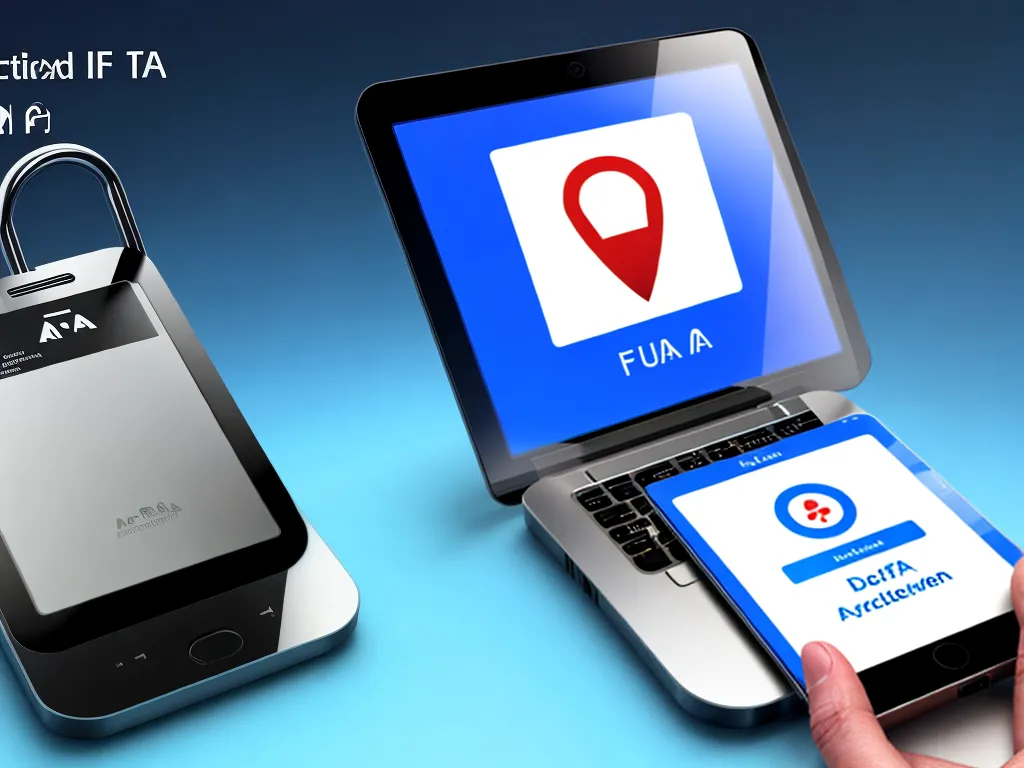
Securing Your Data With Two-Factor Authentication (2FA)
What is Two-Factor Authentication?
Two-factor authentication (2FA) is an extra layer of security that requires not only a password and username but also something that only that user has on them, i.e. a piece of information only they should know or have immediately access to. This protects access to user accounts and data by making it harder for hackers and cybercriminals to get access.
Some examples of 2FA are:
- A text message with a code sent to a mobile phone
- A code generated by an authentication app
- Biometric data such as fingerprint or facial recognition
By requiring two forms of authentication, 2FA makes it much more difficult for someone to access an account fraudulently. Even if they have the password, they would also need the second factor, which is unique to the authorized user.
Why is 2FA Important for Security?
2FA is an essential security tool for a few key reasons:
-
It protects against compromised credentials – If a password is stolen through phishing, hacking, or data breach, a criminal cannot access the account without the second factor. This significantly decreases the risk from compromised passwords.
-
It prevents unauthorized access – Without the second factor that only the authorized user has, an account is useless to a criminal even with the correct username and password.
-
It secures sensitive data – 2FA makes unauthorized access to accounts containing sensitive data like financial information, personal documents, etc exponentially more difficult.
-
It blocks bots and automated attacks – Automated login bot attacks are rendered useless without the dynamic second factor.
Common 2FA Methods
There are several options commonly used for the second factor in 2FA systems:
SMS Codes
- A one-time code is sent via text message to the user’s mobile phone.
- Provides a simple, low barrier to entry for users.
- Vulnerable to SIM swapping attacks or lack of mobile signal.
Authenticator Apps
- Users install an app like Authy or Google Authenticator to generate codes.
- More secure than SMS – no need for mobile signal and not vulnerable to SIM swapping.
- Requires the user to have the device available.
Hardware Tokens
- Small devices like YubiKey generate login codes.
- Not dependent on mobile phone signal.
- The user must have the physical device with them.
Biometrics
- Fingerprint, facial, or iris scans provide the second factor.
- Built into modern smartphones and laptops.
- Only works if biometric reader device is available.
Implementing 2FA on Popular Platforms
Major online platforms make it simple to enable 2FA:
Gmail
- Click on account image > Manage your Google account
- Select Security on left side
- Under “Signing in to Google,” click 2-Step Verification
- Follow on-screen instructions to set up 2FA
- Click on the arrow in the top right
- Choose Settings & Privacy > Settings
- Click Security and Login
- Enable Two-Factor Authentication
Apple ID
- Sign into appleid.apple.com
- Click Edit under Two-Factor Authentication
- Choose Turn on Two-Factor Authentication
- Select verification method and follow instructions
Conclusion
Implementing 2FA takes just minutes but provides immense security benefits. It puts crucial, sensitive accounts and data behind an extra layer of protection. For individuals and businesses seeking to improve security posture against account compromises and unauthorized access, adopting widespread two-factor authentication is one of the most impactful steps to take. With the availability of easy-to-use apps and systems, there are very few reasons not to enable 2FA.












